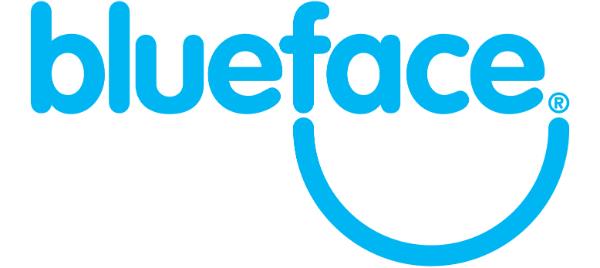Sponsored Content
Barriers to remote working are beginning to melt away, explains Joe Roche, Head of Content at Blueface
Work has changed. Congestion and limited commercial office space has forced employees and businesses to reconsider the way they work. Further to this, the now-global nature of business means a new approach to work is needed to attract and retain talent.
Now more than ever, people are reconsidering the fixed office space in favour or remote workplaces, such as the home or satellite sites in co-working spaces like WeWork or Dogpatch Labs.
This telecommuting trend is accelerating, as half of the UK’s workforce expect to be working remotely – or have the facility to do so – by 2020, according to the Office of National Statistics.
Outside of operational and transit difficulties, companies are beginning to embrace remote working for strategic human resources purposes.
This has yielded benefits, as a recent Gallup Survey highlighted that four out of ten telecommuters were more likely to feel engaged with their work than regular office goers.
Well-documented talent gaps in STEM fields has forced companies, particularly those operating in software, to seek and enable global remote talent.
Modern Infrastructure
Barriers to remote working – usually associated with legacy culture or senior management reluctance – are beginning to melt away. Blueface’s recent BCT Research revealed that four out of five employers in Ireland now embrace remote work.
No longer restricted by physical phone lines and office spaces, communications infrastructure has evolved with the global workforce. Modern phone systems such as Blueface’s Unified Communications are IP-powered and backed up by an ever-evolving internet infrastructure.
These systems feature an array of collaboration tools that used to be spread across multiple machines. Virtual numbering has enabled companies to immediately set up new locations with familiar locally dialled numbers, regardless of where they are.
Importantly, Blueface’s Unified Communications also enables in-platform video conferencing, which according the HBR helps 87% of remote workers feel more connected. For these reasons, it is vital that employers understand their strategic approach to the flexible workforce mindset sweeping the business landscape.
Visit www.blueface.com












